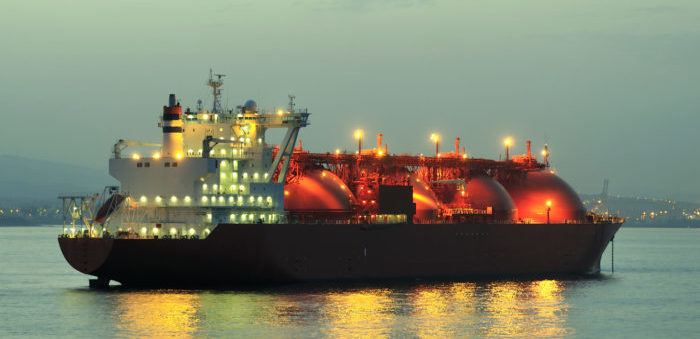The US Department of Energy (DOE) announced Wednesday a final rule to provide faster approval of applications for small-scale exports of natural gas, including LNG, from US export facilities. The final rule, to take effect from 24 August 2018, is expected to reduce the regulatory burden for additional small-scale LNG projects to come to market.
The finalization of this rule will expedite the permitting of certain small-scale exports of natural gas. The so-called ‘small-scale rule’ will further unleash American energy by reducing the regulatory burden on American businesses while also providing significant benefits to our trading partners in in the Caribbean, Central America and South America,
…explained Secretary Perry.
Under the Natural Gas Act, DOE has jurisdiction over imports and exports of natural gas. This deregulatory measure expedites the review and approval of applications to export small amounts of natural gas in the emerging small-scale LNG export market.
Prior to this rule, for applications to export natural gas to non-free trade agreement countries, DOE had to conduct a public interest review before authorizing such exports.
This final rule provides that DOE, upon receipt of any complete application to export natural gas (including LNG) to non-free trade agreement countries, will grant the application provided that the application meets two criteria:
- the application proposes to export no more than 51.75 billion cubic feet per year of natural gas, and
- the proposed export qualifies for a categorical exclusion under DOE’s National Environmental Policy Act (NEPA) regulations.
For applications meeting these criteria, the rule will consider such exports as “small-scale natural gas exports” deemed to be in the public interest under the Natural Gas Act. Exports of natural gas to countries with a qualifying free trade agreement are already deemed in the public interest under the Act.
The US small-scale LNG export market involves exports of natural gas from the US primarily to countries in the Caribbean, Central America, and South America. Many of the countries in these regions do not generate enough natural gas demand to support the economies of scale required to justify LNG imports from large-scale LNG terminals via conventional LNG tankers.




























































